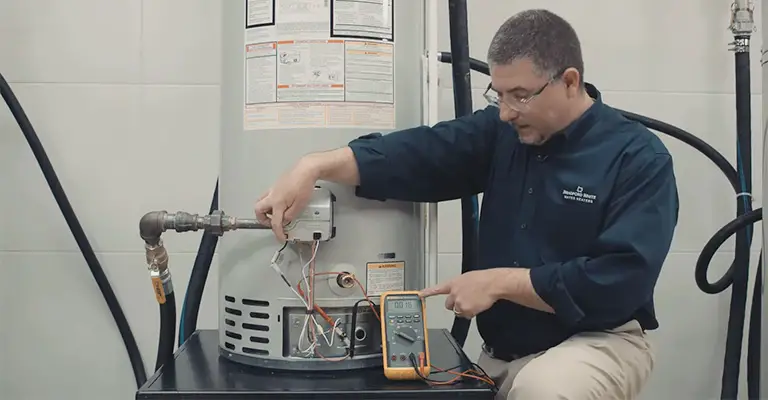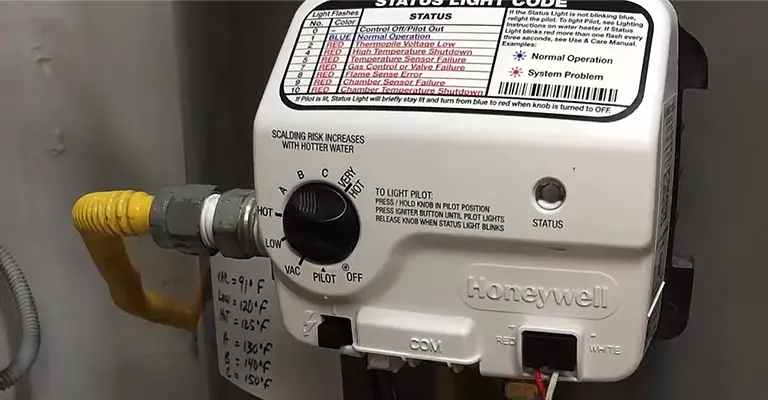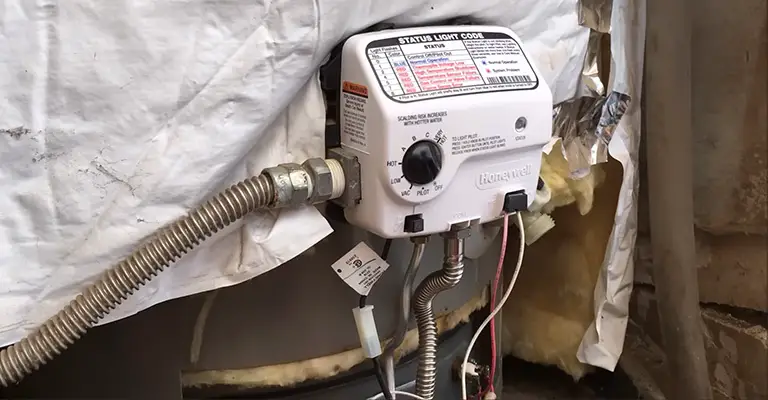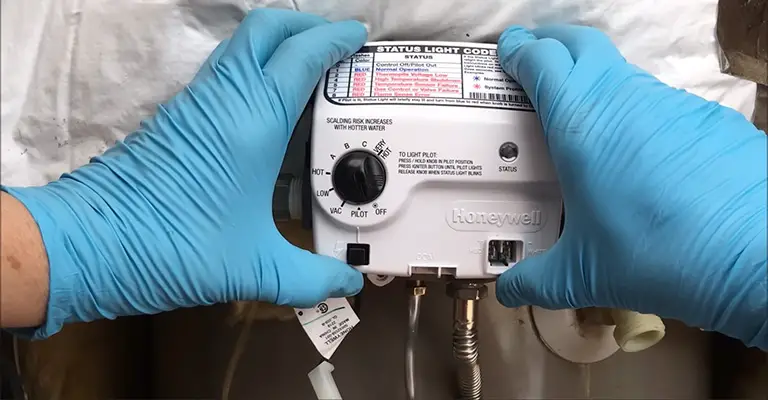Gas control valves are essential components in many heating systems, ensuring the safe and efficient operation of gas-powered appliances such as furnaces, water heaters, and boilers.
Honeywell, a reputable manufacturer, produces a wide range of gas control valves known for their reliability and performance. However, like any mechanical device, these valves can occasionally encounter issues that require troubleshooting.
Whether you’re experiencing problems with temperature regulation, pilot light ignition, or other gas control valve-related issues, understanding how to troubleshoot and identify common problems can help you resolve them quickly and potentially avoid costly repairs or replacements.
In this guide, we will provide you with a comprehensive overview of Honeywell gas control valve troubleshooting, equipping you with the knowledge and techniques to diagnose and resolve common issues.
So, if you’re ready to tackle gas control valve problems and restore the optimal functioning of your heating system, let’s explore the troubleshooting steps together.
Troubleshooting Honeywell Gas Control Valve Issues

There have been reports of occasional issues with the Honeywell gas control valve online. In most cases, these issues are caused by improper installation or environmental factors.
A new government regulation regarding backdrafting has resulted in a lower threshold, resulting in problems when units are installed in inappropriate environments.
Installation Tips for Honeywell’s Gas Control Valve:
Here are a few tips on how to properly install a Honeywell gas control valve and avoid potential issues:
Before the first elbow, the vent should rise at least 12 inches. Whenever possible, use a 4-inch vent instead of a 3-inch vent for common vented units with connector rises less than 3 feet.
Understanding Honeywell Gas Control Valve LED Indicators:

Honeywell gas control valves have LED indicators that can be used to troubleshoot specific problems. Listed below are the LED indicators and their meanings:
Here’s a chart representing the information on the understanding of Honeywell Gas Control Valve LED indicators:
| LED Indicator | Meaning | Action Required |
| No Flash | Pilot not lit or insufficient power | Check pilot light and power source |
| 1 Flash | Normal operation | No action required |
| 2 Flashes | Thermopile low voltage | Check wiring connections, consider replacing thermopile |
| 4 Flashes | Temperature exceeded | Lower thermostat temperature |
| 5 Flashes | Sensor failure | Replace gas control valve |
| 7 Flashes | Gas control valve failure | Replace gas control valve |
| 8 Flashes | Power off failure | Reset gas control valve, consider replacement |
This chart provides a breakdown of the various LED indicators on the Honeywell gas control valve, their meanings, and the corresponding actions required to address each issue.
Steps to Resolve Honeywell Gas Control Valve Issues

2 Flash Code:
Check all wiring connections if the gas control valve/thermostat does not receive enough power. Replace the thermopile if the problem persists. When replacing the thermopile, the entire pilot assembly must be replaced.
4 Flash Code:
The gas valve must be replaced if the temperature exceeds the limit. Sediment in the tank is often responsible for this problem. The thermostat temperature can be adjusted to prevent the limit from being exceeded.
5 Flash Code:
In the event of a sensor failure, the gas control valve needs to be replaced.
7 Flash Code:
A gas valve that fails generally requires replacement. The temperature setting should be increased if you encounter this error code and have lukewarm water with the pilot still on.
8 Flash Code:
Turn the gas control dial to “off” and let it sit for one minute. It is necessary to replace the gas control valve if the pilot remains lit.
Final Words
You should consult a professional water heater technician if you have tried the troubleshooting steps above and still experience problems.
A diagnostic and treatment plan can be developed by them based on their expertise and knowledge. There may be scenarios that are not covered by the information provided here.







